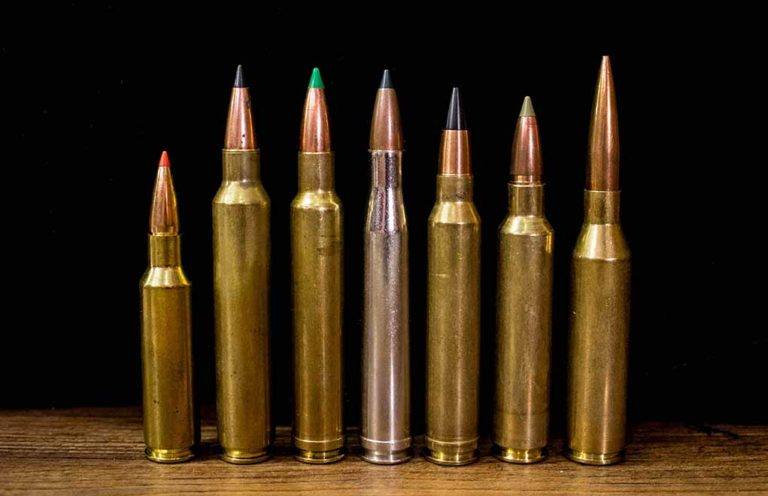
Large and powerful, .300 Magnum cartridge family is popular and growing. But how many do we need?
What are the .300 Magnum cartridges:
- .300 Holland & Holland Magnum
- .300 Weatherby Magnum
- .308 Norma Magnum
- .300 Winchester Magnum
- .30-378 Weatherby Magnum
- Jeffery-based Magnums
- .300 Norma Magnum
- .375 Ruger-Based .300s
- Hornady .300 PRC
Americans have an infatuation with bullets of .308-inch diameter, and we love just about any cartridge that will launch them. And while the moderate .30-caliber cartridges — like the .30-30 Winchester, .308 Winchester and .30-06 Springfield — are certainly among the undeniable classics, the faster .30s, the magnum cartridges, have intrigued shooters for the better part of a century now.
Make no mistake about it: The .30-06 Springfield set the bar in the first decade of the 20th century, and that mark remains to this day; all other .30-caliber cartridges are compared to it, and it remains a very effective choice for the hunting field. But less than 2 decades after the release of the .30-06 Springfield, it was a British company that would put the first official “magnum” moniker on a .30-caliber cartridge.
Since that point in time, we’ve had magnums that are long and lean, short and fat and almost everything in between, and that story continues to this day. Let’s take a look at the wide selection of .300 magnums, a bit of their history — and predict what the future holds.
.300 Holland & Holland Magnum
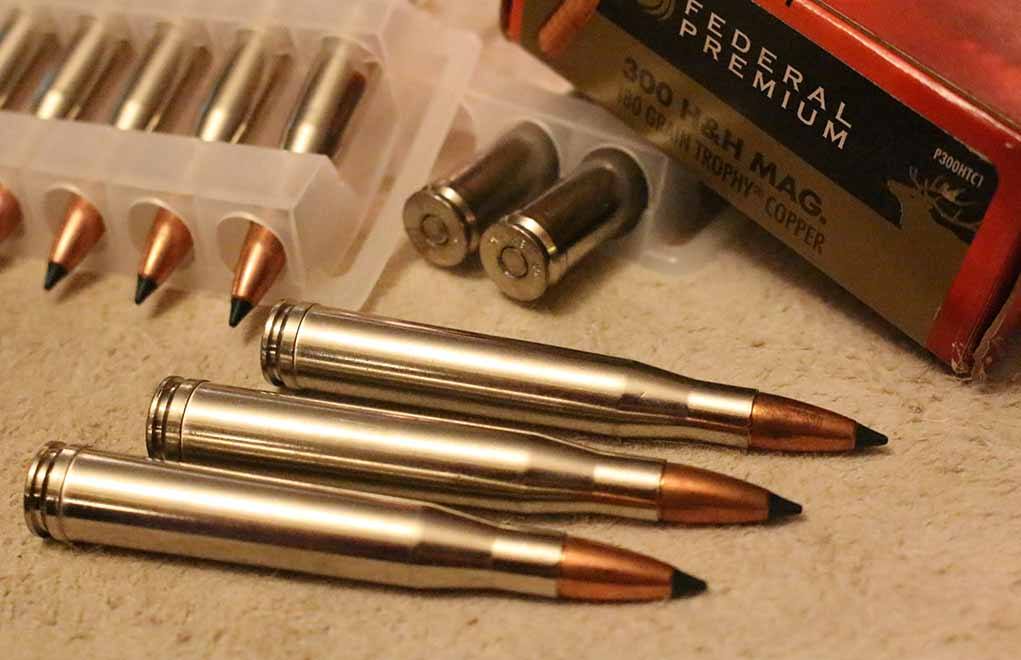
Based on the success of the British firm’s universal .375 H&H Belted Magnum, Holland & Holland necked the case down to hold .308-inch caliber bullets, and in 1925 released Holland’s Super .30, or as it’s known in America, the .300 Holland & Holland Magnum.
Launching a 180-grain bullet to 2,925 fps, the .300 H&H betters the velocity of the .30-06 by more than 200 fps. It has the same 2.85-inch case as the .375 H&H, requiring a magnum-length action, but it also has plenty of case capacity. At the time of its release, the .300 H&H represented the highest velocity attainable by a factory loaded .30-caliber cartridge, and until the advent of the .300 Winchester Magnum, when you saw “.300 Magnum” on a barrel, it referred to the .300 Holland.
To this day, the .300 H&H makes a fantastic hunting cartridge, giving a great blend of flat trajectory, accuracy, striking energy and manageable recoil. Factory loads are still available, as are some affordable rifles, but the largest influence the Super .30 had would be the offspring it produced.
As a note of interest, the .300 Holland & Holland Magnum would be the only belted cartridge of this lot to rely on the belt for headspacing. The belt on all the other cartridges is simply a carryover from the H&H design, and it serves no real purpose.
.300 Weatherby Magnum
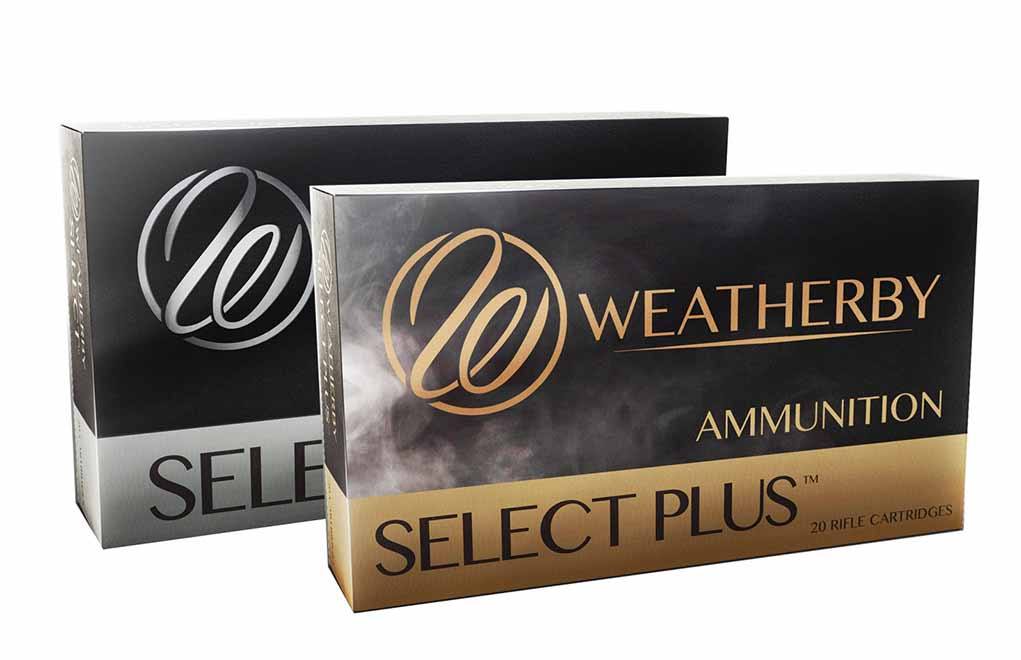
Roy Weatherby began experimenting with the .300 H&H case during WWII, releasing his now-famous .270 Weatherby Magnum and .257 Weatherby Magnum. With a signature double-radius shoulder, his name became synonymous with speed, and his .300 Weatherby was no exception.
Using that same 180-grain bullet as an example, because I feel it makes one of the best all-around choices for hunting with the .300 magnums, you’ll see that the Weatherby drives that bullet to 3,150 fps, providing a definite increase over the .300 H&H. While it took some time for the Weatherby line to come to the forefront, the .300 Weatherby has fervent followers to this day, and with good reason: It’s accurate, it certainly hits hard, and it shoots very flat out to sane hunting ranges.
That velocity does come at a price, however; the recoil of the .300 Weatherby can be nasty, especially from the bench. With its 2.85-inch-long case, it requires a magnum-length action and remains a popular choice among those who hunt open ground.
.308 Norma Magnum
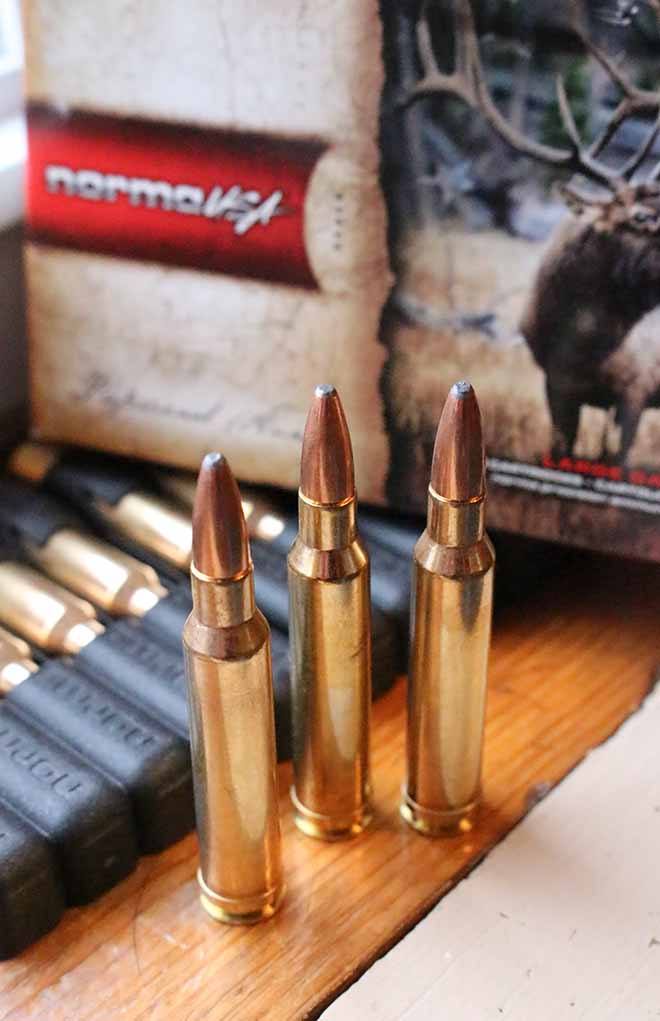
The 1950s saw a return to peace, and hunters began travelling the globe again. Winchester started experimenting with a shortened H&H case, releasing their .458, .338 and .264 Magnums in the middle of the decade. Everyone expected Winchester to release the .30-caliber variant, but it was the Swedish firm of Norma that beat them to the punch. Wildcatters had necked down the .338 Winchester Magnum to hold .308-inch-diameter bullets for a few years — the .30-338 remains a viable wildcat — but Norma made it legitimate in 1960 with their .308 Norma Magnum.
Using a 2.56-inch case, the .308 Norma Magnum was designed to mimic the performance of the .300 H&H, in a .30-06 length action, and it did that wonderfully. Pushing a 180-grain bullet to 2,950 fps, the .308 Norma Magnum is, perhaps, my favorite design of the lot, especially considering the modern bullet designs.
.300 Winchester Magnum
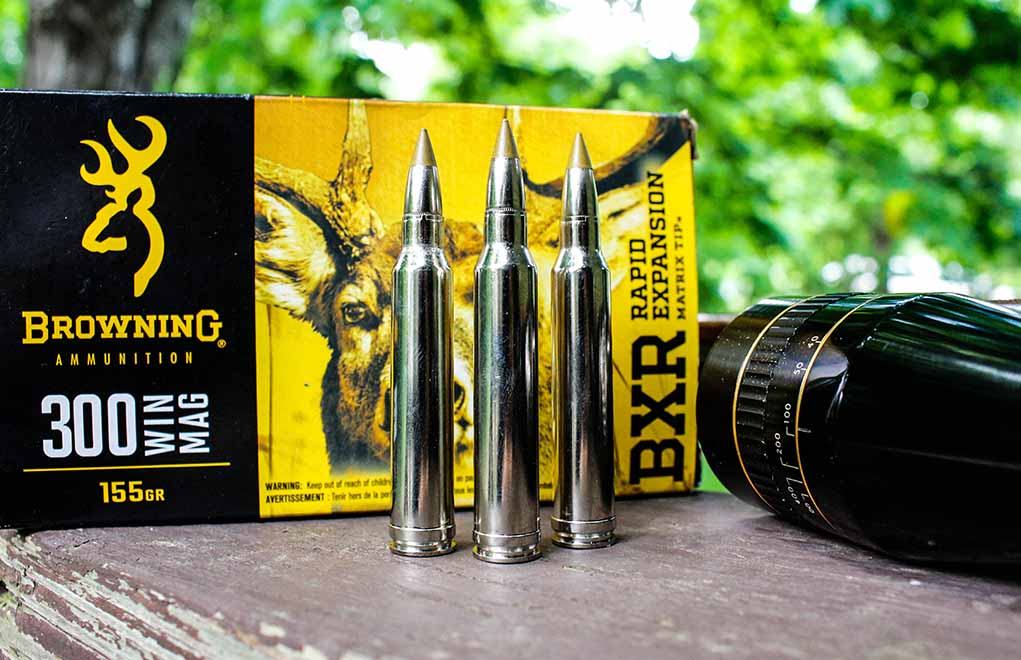
Having released three other shortened magnums, Winchester added the fourth in the series in 1963: the .300 Winchester Magnum. Though the three previous cartridges used a 2.50-inch case length, Winchester changed things up with their .300 — presumably because Norma had come so close with their .308 Magnum — and used a 2.62-inch case, with the shoulder moved forward to maximize case capacity. The resulting design left a neck-length of 0.264 inches, less than one caliber, and the cartridge has been criticized for that feature.
It gives identical performance to the .308 Norma Magnum — driving a 180-grain bullet to 2,960 fps — and can be housed in a standard long-action rifle. It’s extremely accurate, being one of the favorite choices among military snipers, and it makes a good choice for both the target range as well as the hunting fields. Due to the successful marketing on Winchester’s part, the .300 Winchester took the stage and won the hearts of shooters quickly. It’s readily available and sits comfortably at the head of class when it comes to the .30-caliber magnum cartridges.
.30-378 Weatherby Magnum
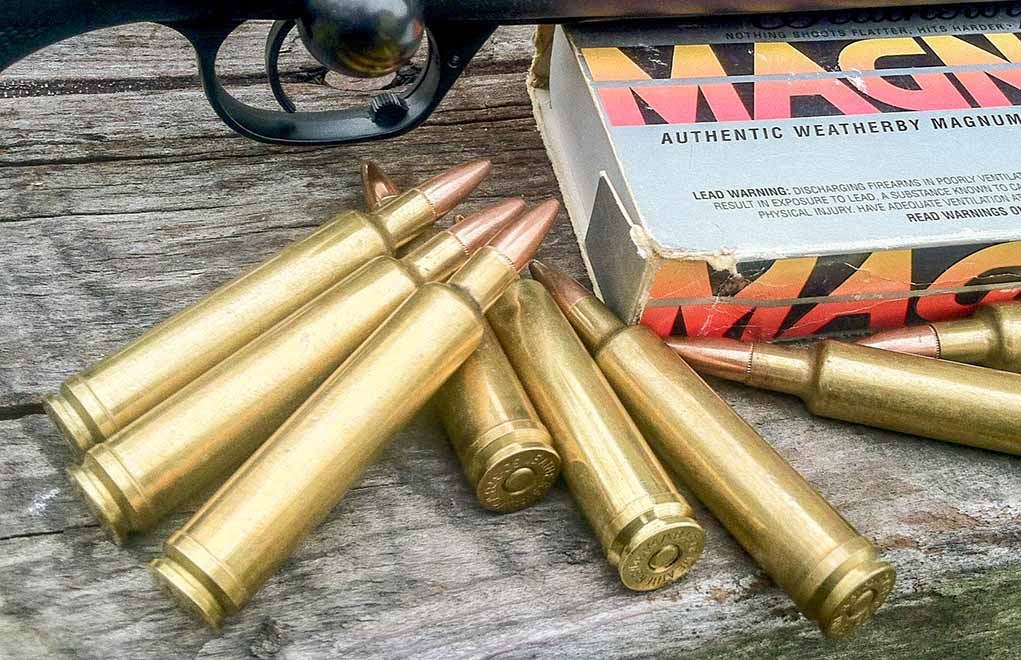
In response to an Army contract, Roy Weatherby necked down his behemoth .378 Weatherby Magnum to hold .30-caliber bullets, and the result was a seriously fast cartridge. The .30-378 Weatherby Magnum will drive a 180-grain bullet more than 3,300 fps. It was designed in the late 1950s, yet it wouldn’t be released commercially until 1996. I’ve spent a considerable amount of time with this cartridge, and it can be seriously accurate. Sub-MOA loads are a regularity, though burning 105-grains of powder — sometimes more — isn’t easy on the wallet or shoulder. This cartridge begs for a muzzle brake and some really good ear muffs.
House Jeffery, And Its Descendants
The beltless .404 Jeffery is one of the unsung heroes of the African safari world; it was the workhorse of the bush while the .416 Rigby got all the glory. However, at the end of the 20th century, there would begin a wave of cartridges based on the Jeffery case that would have a serious impact on the shooting world.
It began with the .300 Remington Ultra Magnum, a full-length blown-out .404 Jeffery case with a rebated rim, which is fully capable of equaling the velocities of the .30-378 Weatherby. My father, Ol’ Grumpy Pants, absolutely loves this cartridge, and he has taken it around the world for all sorts of game. It, too, can digest a healthy amount of powder, and like most .300s it’s capable of excellent accuracy, pushing a 180-grain bullet to 3,250 fps — and I’ve added 100 fps to that figure with handloads.
More Ammunition Information:
- The Blistering Hot 30 Nosler
- The .280 Ackley Improved
- If You Had To Pick Just One Cartridge, What Would It Be?
- Loading the .308 Winchester
Winchester used the Jeffery case for its .300 Winchester Short Magnum, released in 2001, giving .300 Win. Mag. velocities in a short-action rifle. This caught on like a wildfire, and among the WSM family, the .300 is, was and will be the most popular of the lot. The .300 WSM has its drawbacks, namely magazine space and feeding issues in some of the rifles I’ve shot, but it is accurate and fully capable of taking all of our North American game. Some believe a short, squat powder column gives more consistent (and therefore accurate) results, and while there is some merit to the theory, I’ve not seen any dramatic improvement in group size when using the WSM case.
Remington countered shortly after the release of the .300 WSM with its own .300 Remington Short Action Ultra Magnum (SAUM), giving identical performance to the WSM cartridge. But alas, Winchester got the drop on the SAUM as far as marketing goes, and the WSM far exceeded the success of the .300 SAUM. Nonetheless, no animal will ever tell the difference between the two cartridges.
Lastly, Nosler’s proprietary line of cartridges includes the .30 Nosler, a .404-based cartridge designed for a long-action, giving velocities between the .300 Winchester and .300 Weatherby, without a belt and the case-stretching associated with the belted design. The .30 Nosler is a fantastic cartridge, boasting an efficient design capable of serious accuracy. Of the lot of .404-based .300 Magnums, I like this the best because it offers external ballistics that are useable in the field without beating the snot out of the shooter.
.300 Norma Magnum
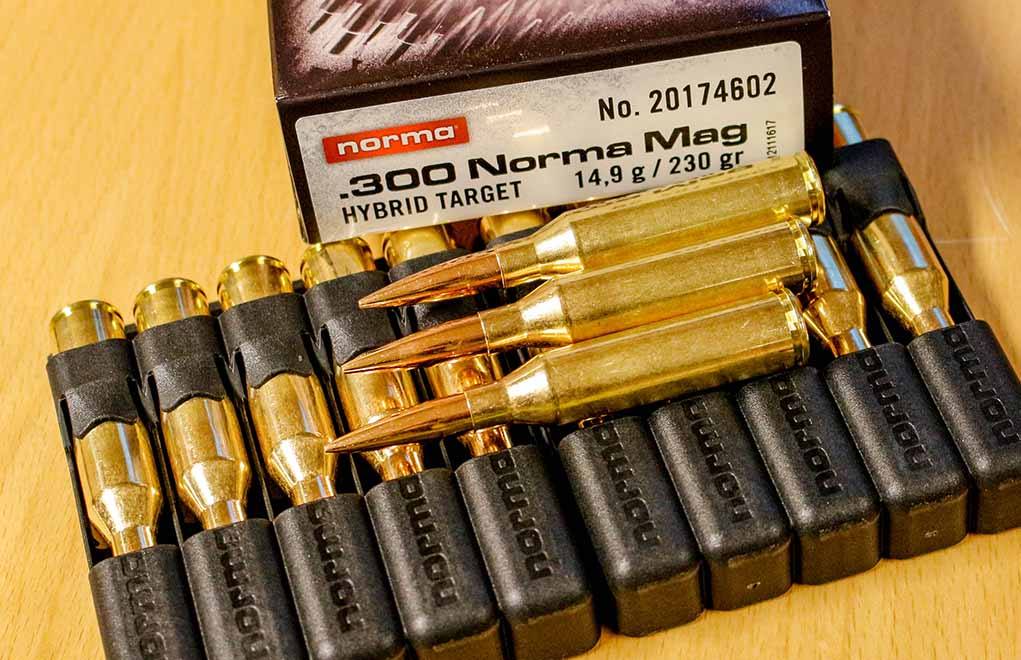
In an effort to best adapt a cartridge to the use of the high BC bullets that perform so well at extreme ranges, Norma took the .338 Lapua case — revered by snipers and long-range shooters — and shortened it. This was not to use a shorter receiver; it was done to effectively seat those really long, sleek bullets without having magazine issues.
The .300 Norma Magnum is a great choice for those wanting to ring long-range steel because it pushes a 230-grain bullet to 2,950 fps, but there aren’t many hunting loads available unless you were to handload the cartridge. I’ve spent a bit of time with the .300 Norma at Norma’s factory in Amotfors, Sweden, and I can tell you it’s a seriously accurate cartridge. The U.S. Special Operations Command must agree with me; they’ve chosen the cartridge for their new Advanced Sniper Rifle Cartridge.
.375 Ruger-Based .300s
The Hornady and Ruger collaboration on 2008’s .375 Ruger made some definite waves in the safari industry — as it’s the only real threat to the hugely successful .375 H&H — and those waves made it all the way down to the .300 magnums. Designed for a long-action receiver, the .375 Ruger uses a body diameter equal to the dimension of the belt on the .375 H&H case; this allows for greater case capacity without unnecessary length.
The first of the .30-caliber offspring was the rather unnoticed .300 Ruger Compact Magnum; the short-action cartridge can equal the ballistics of the .300 WSM and .300 Winchester Magnum. Unfortunately, the short/fat designs were on the wane, and what part of the market those cartridges held onto was gobbled up by the .300 WSM. But, the new Hornady .300 PRC (Precision Rifle Cartridge) may have a chance to make a serious impact on the market.
Hornady .300 PRC

Using a 2.580-inch case, the .300 PRC uses the H&H standard 0.532-inch case head diameter, without a rebated rim. The maximum cartridge overall length (COL) is listed at 3.70 inches, which is considerably longer than the 3.34-inch COL of the .300 Winchester, or even the 3.600-inch length of the .300 Weatherby and .300 Remington Ultra Magnum.
I wonder what advantage this design will give over the .300 Norma Magnum, which will require the same action/magazine length; they are both designed on the “shorter case/longer bullet” theory. In testing, Hornady has claimed that the velocity spread for the .300 PRC has been considerably lower than that of the .300 Norma. The PRC beltless design uses a 30-degree shoulder for positive headspacing and it attains respectable velocity, driving a 225-grain ELD Match to 2,810 fps, and the 212-grain ELD X to 2,860, making a dual purpose cartridge suitable for both long-range shooting and hunting at longer ranges.
Will the .300 PRC catch on? Well, that remains to be seen, but the paper formula seems sound.
Characteristics Of The .300 Magnums
I’ve found that cartridges generating magnum velocities are best served by a heavy bullet. In the .300 magnum class, this usually means 180-grains and heavier, though I’ve had good results with some of the 150- and 165-grain monometal bullets. Perhaps bullet bearing surface has a significant role in getting the faster .30s to deliver the best accuracy.

I’ve also found that buying a .300 magnum is no cure for poor shot placement; a .308 Winchester is much better than any .300 magnum in the wrong place. That said, they are much easier to use in truly windy conditions, and their ability to send the heavier bullets — especially those of premium construction — take the bore diameter to the next level.
As bullets and ogives grow longer, the need for more room in the magazine increases, hence my reasoning that the .308 Norma Magnum is a better long-range cartridge than the .300 Winchester. The shorter .308 Norma case makes seating the longer bullets within the confines of a long-action magazine easier. But, the .300 Winchester has an undeniable marketing advantage, and that makes all the difference in the world sometimes.
Do We Need More .300 Magnums?
Including the Dakota, Lazzeroni and other boutique cartridges, my tally comes to more than 15 magnum-class .300s. Is that too many? I personally think it is. There’s a ton of overlap, though there are many sound designs.
I predict that the .308 Norma Magnum and .300 Remington SAUM will fade further than they already have, taking the .300 Ruger Compact Magnum with them.
I feel the .300 WSM has the greatest chance of survival of the WSM lineup, and that — rather unfortunately — the .300 Holland & Holland has seen its heyday come and go.
The .300 Weatherby will always have its following, but the larger .300 RUM and .30-378 Weatherby have already begun to fade, as the slower velocity/higher BC bullet combination gains ground.
I am also confident in saying that the .300 Winchester Magnum, in spite of its belted design and short neck, will remain at the top of the heap for years to come. Many of our modern designs have simply been a reinvention of the wheel, with one niggling change or another, yet in the grand scheme offering a performance level that already existed.
Still, we hunters and shooters remain intrigued by the .300 magnums, and I know that’s not going to stop anytime soon.
Editor's Note: This article originally appeared in the January 2019 issue of Gun Digest the Magazine.

Next Step: Get your FREE Printable Target Pack
Enhance your shooting precision with our 62 MOA Targets, perfect for rifles and handguns. Crafted in collaboration with Storm Tactical for accuracy and versatility.
Subscribe to the Gun Digest email newsletter and get your downloadable target pack sent straight to your inbox. Stay updated with the latest firearms info in the industry.

![Best Concealed Carry Guns In 2025 [Field Tested] Wilson Combat EDC X9S 1](https://gundigest.com/wp-content/uploads/Wilson-Combat-EDC-X9S-1-324x160.jpg)


![Best 9mm Carbine: Affordable PCCs [Tested] Ruger Carbine Shooting](https://gundigest.com/wp-content/uploads/Ruger-Carbine-Shooting-100x70.jpg)
![Best AR-15: Top Options Available Today [Field Tested] Harrington and Richardson PSA XM177E2 feature](https://gundigest.com/wp-content/uploads/Harrington-and-Richardson-PSA-XM177E2-feature-100x70.jpg)

What is a .300 FAB Magnum as describede by the CIA in their “Study of Assasination?” I had never heard of this round and can’t find anything online describing it.
The most succinctly written article about the 300 Magnum cartridges that I have read in a long time.
I shoot a 300 H&H Magnum, Remington Model 721, that has phenomenal accuracy with hand loads.
I am looking for load data using 180-grain bullets with ENDURON 4955. Can you help me?
Thanks, John